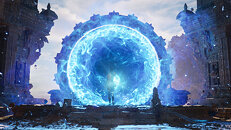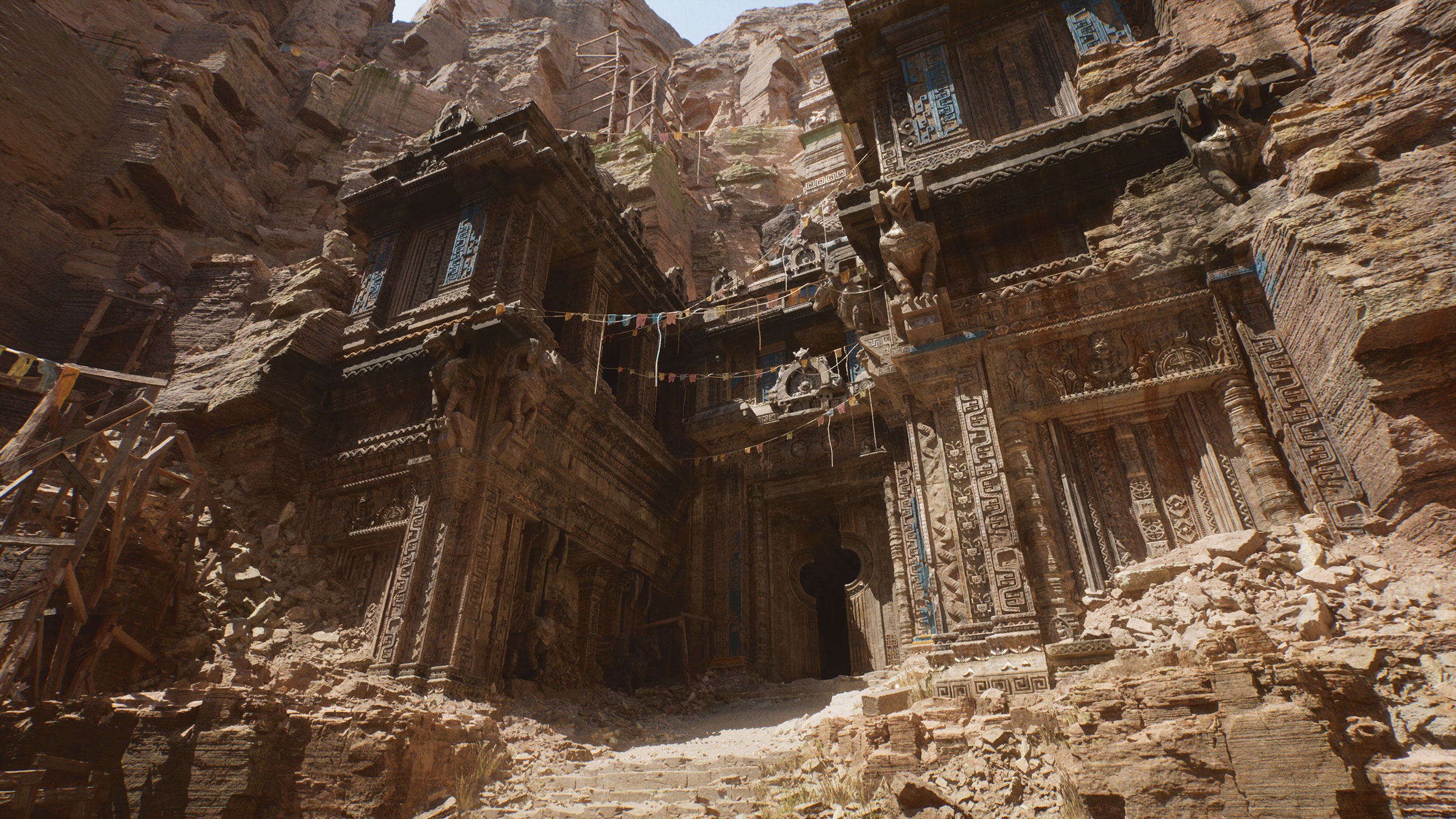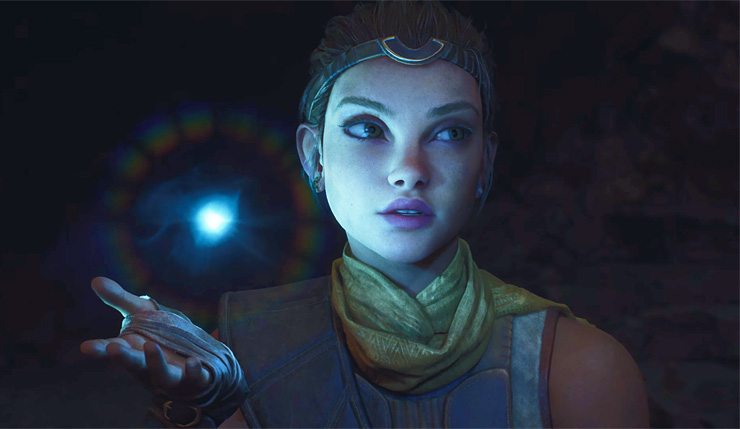Raevenlord
News Editor
- Joined
- Aug 12, 2016
- Messages
- 3,755 (1.17/day)
- Location
- Portugal
| System Name | The Ryzening |
|---|---|
| Processor | AMD Ryzen 9 5900X |
| Motherboard | MSI X570 MAG TOMAHAWK |
| Cooling | Lian Li Galahad 360mm AIO |
| Memory | 32 GB G.Skill Trident Z F4-3733 (4x 8 GB) |
| Video Card(s) | Gigabyte RTX 3070 Ti |
| Storage | Boot: Transcend MTE220S 2TB, Kintson A2000 1TB, Seagate Firewolf Pro 14 TB |
| Display(s) | Acer Nitro VG270UP (1440p 144 Hz IPS) |
| Case | Lian Li O11DX Dynamic White |
| Audio Device(s) | iFi Audio Zen DAC |
| Power Supply | Seasonic Focus+ 750 W |
| Mouse | Cooler Master Masterkeys Lite L |
| Keyboard | Cooler Master Masterkeys Lite L |
| Software | Windows 10 x64 |
Epic Games has just released a trailer for version 5 of their industry/acclaimed Unreal Engine. Dubbed "Lumen in the Land of Nanite", the demo they've shared is nothing short of mindblowing when it comes to the amount of environment and character detail. Unreal Engine 5 will feature a new geometry processing engine Epic is calling Nanite, which the company promises will virtually eliminate polygon budgets for developers, with automatic stream and scaling, thus eliminating the need to develop LOD levels for particular assets. Another addition, and an as impressive one, is the Lumen global illumination engine, which will save developers the need to manually bake lightmaps accounting for every little change in a scene's lighting - the global illumination system makes these changes in lighting conditions as seamless and integrated as they can be. This among other features already introduced with version 4.25 such as Niagara VFX and Chaos destruction systems.
Unreal Engine 5 is pegged for an early 2021 release; Epic Games has already announced they will be porting their popular Fortnite videogame into the engine, which makes sense, considering it's being particularly optimized for PC and next-generation consoles. These will become the backbone of games development - and an important source of Epic's Fortnite revenue stream. Take a look at the trailer after the break - and remember this was all running real-time in a PlayStation 5 console.







View at TechPowerUp Main Site
Unreal Engine 5 is pegged for an early 2021 release; Epic Games has already announced they will be porting their popular Fortnite videogame into the engine, which makes sense, considering it's being particularly optimized for PC and next-generation consoles. These will become the backbone of games development - and an important source of Epic's Fortnite revenue stream. Take a look at the trailer after the break - and remember this was all running real-time in a PlayStation 5 console.




This demo previews two of the new core technologies that will debut in Unreal Engine 5:
Nanite virtualized micropolygon geometry frees artists to create as much geometric detail as the eye can see. Nanite virtualized geometry means that film-quality source art comprising hundreds of millions or billions of polygons can be imported directly into Unreal Engine—anything from ZBrush sculpts to photogrammetry scans to CAD data—and it just works. Nanite geometry is streamed and scaled in real time so there are no more polygon count budgets, polygon memory budgets, or draw count budgets; there is no need to bake details to normal maps or manually author LODs; and there is no loss in quality.


Lumen is a fully dynamic global illumination solution that immediately reacts to scene and light changes. The system renders diffuse interreflection with infinite bounces and indirect specular reflections in huge, detailed environments, at scales ranging from kilometers to millimeters. Artists and designers can create more dynamic scenes using Lumen, for example, changing the sun angle for time of day, turning on a flashlight, or blowing a hole in the ceiling, and indirect lighting will adapt accordingly. Lumen erases the need to wait for lightmap bakes to finish and to author light map UVs—a huge time savings when an artist can move a light inside the Unreal Editor and lighting looks the same as when the game is run on console.

Numerous teams and technologies have come together to enable this leap in quality. To build large scenes with Nanite geometry technology, the team made heavy use of the Quixel Megascans library, which provides film-quality objects up to hundreds of millions of polygons. To support vastly larger and more detailed scenes than previous generations, PlayStation 5 provides a dramatic increase in storage bandwidth.
The demo also showcases existing engine systems such as Chaos physics and destruction, Niagara VFX, convolution reverb, and ambisonics rendering.
View at TechPowerUp Main Site









